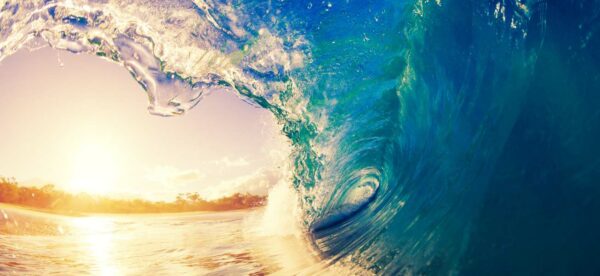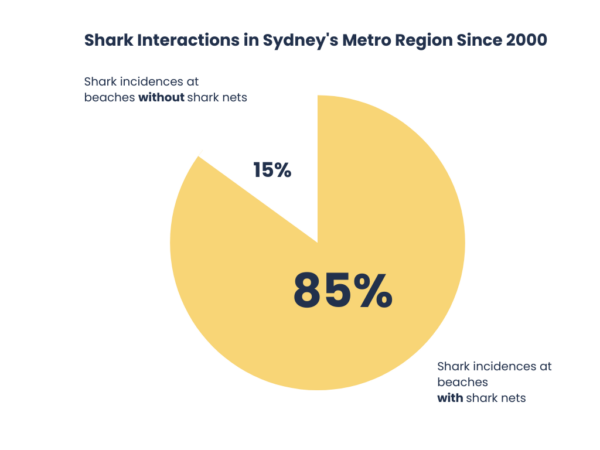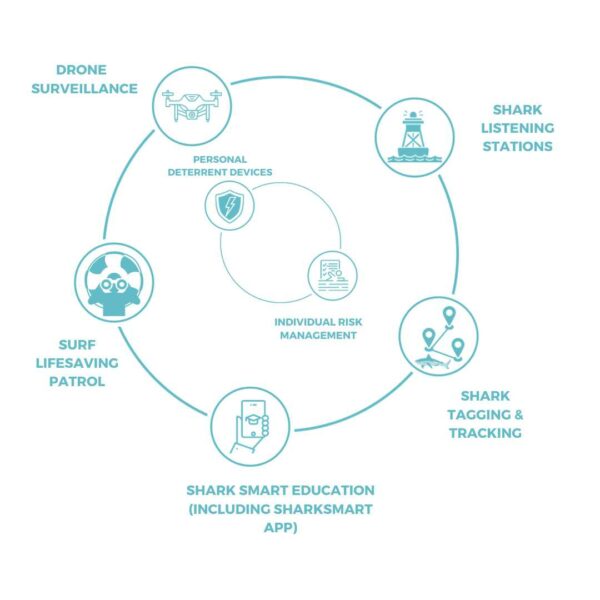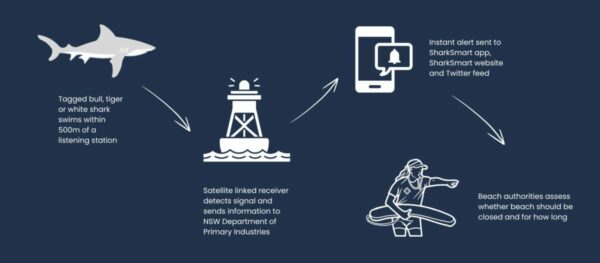Shark nets are not barriers to the open sea. These devices, installed at beaches spanning hundreds of metres, are essentially flapping pieces of fishing gear. They are installed at beaches in New South Wales and Queensland. In both states, nets are set ~500m from shore, and they do not prevent sharks from swimming over, under or around them.
In New South Wales, shark nets only reach halfway to the ocean surface and stretch merely 150m in length. They are installed at 51 beaches between Newcastle and Wollongong from September – April every year [1]. In New South Wales, the program targets 3 species of sharks. If these sharks are found alive, they are tagged and released.
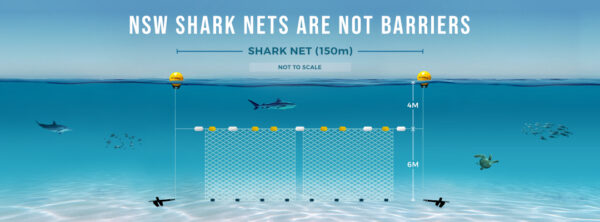
Source: Sea Shepherd Australia
In Queensland, the nets are between 124 – 186m in length. They are dropped 6 metres deep into the water and anchored to the sea floor. These nets remain in the water all year long at 86 beaches in Queensland, excluding the Great Barrier Reef Marine Park [2].
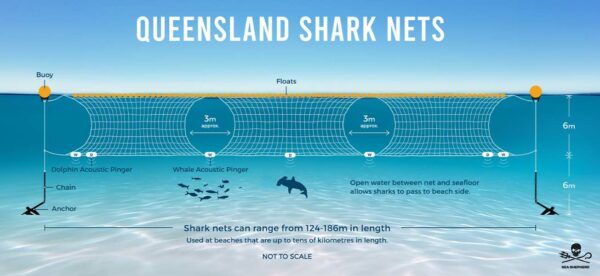
Source: Sea Shepherd Australia
Queensland also deploys lethal drumlines. These are baited fishing-hooks that are designed to hook and kill animals.
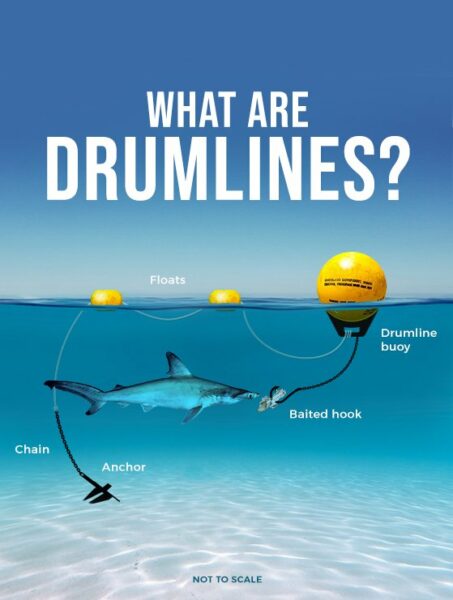
Credit: Sea Shepherd Australia
Queensland’s program targets 7 species of sharks. Sadly, if any of these sharks are caught on a shark net or drumline outside of the Great Barrier Reef Marine Park and they haven’t drowned before a contractor arrives, they are then killed. This is known as an active culling program, which scientists have shown don’t work to reduce shark bites.




